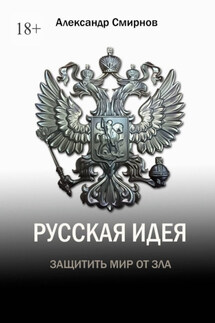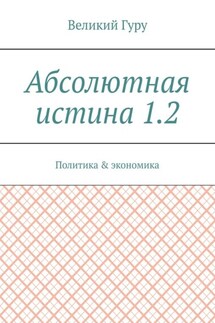Размышления женщины о геополитике - страница 23
The FATF explains that «legal and beneficial ownership information can assist law enforcement and other competent authorities by identifying those natural persons who may be responsible for the underlying activity of concern, or who may have relevant information to further an investigation. This allows the authorities to „follow the money“ in financial investigations involving suspect accounts/assets held by corporate vehicles. In particular, beneficial ownership information can also help locate a given person’s assets within a jurisdiction»65.
The FATF Recommendations provide measures to address the transparency and beneficial ownership of legal persons (Recommendation 24) and legal arrangements (Recommendations 25). Countries should take measures to prevent the misuse of legal persons and arrangements from being misused for criminal purposes, including by:
– Assessing the risks associated with legal persons and legal arrangements;
– Making legal persons and legal arrangements sufficiently transparent, and
– Ensuring that accurate and up-to-date basic and beneficial ownership information is available to competent authorities in a timely fashion66.
Recently, the UNCTAD carried out a comprehensive study of beneficial ownership dedicating its annual World Investment Report 2016 to the problem of investor nationality and policy challenges. The Report states, «More than 40 per cent of foreign affiliates worldwide have multiple «passports». These affiliates are part of complex ownership chains with multiple cross-border links involving on average three jurisdictions. The nationality of investors and owners of foreign affiliates is becoming increasingly blurred». According to the UNCTAD, «Multiple passport affiliates» are the result of indirect foreign ownership, transit investment through third countries, and round-tripping. About 30 per cent of foreign affiliates are indirectly foreign owned through a domestic entity; more than 10 per cent are owned through an intermediate entity in a third country; about 1 per cent are ultimately owned by a domestic entity. These types of affiliates are much more common in the largest MNEs: 60 per cent of their foreign affiliates have multiple cross-border ownership links to the parent company. The larger the MNEs, the greater is the complexity of their internal ownership structures. The top 100 MNEs in UNCTAD’s Transnationality Index have on average more than 500 affiliates each, across more than 50 countries. They have 7 hierarchical levels in their ownership structure (i.e. ownership links to affiliates could potentially cross 6 borders), they have about 20 holding companies owning affiliates across multiple jurisdictions, and they have almost 70 entities in offshore investment hubs»67.
The UNCTAD presumes that the phenomenon of multiple cross-border ownership creates political challenges, particularly, on the eve of future trade and investment mega deals. The report warns that «Policymakers should be aware of the de facto multilateralizing effect of complex ownership on IIAs [international investment agreements]. For example, up to a third of apparently intra-regional foreign affiliates in major (prospective) megaregional treaty areas, such as the Trans-Pacific Partnership (TPP), the Transatlantic Trade and Investment Partnership (TTIP), and the Regional Comprehensive Economic Partnership (RCEP), are ultimately owned by parents outside the region, raising questions about the ultimate beneficiaries of these treaties and negotiations. Policymakers should aim to avoid uncertainty for both States and investors about the coverage of the international investment regime»







